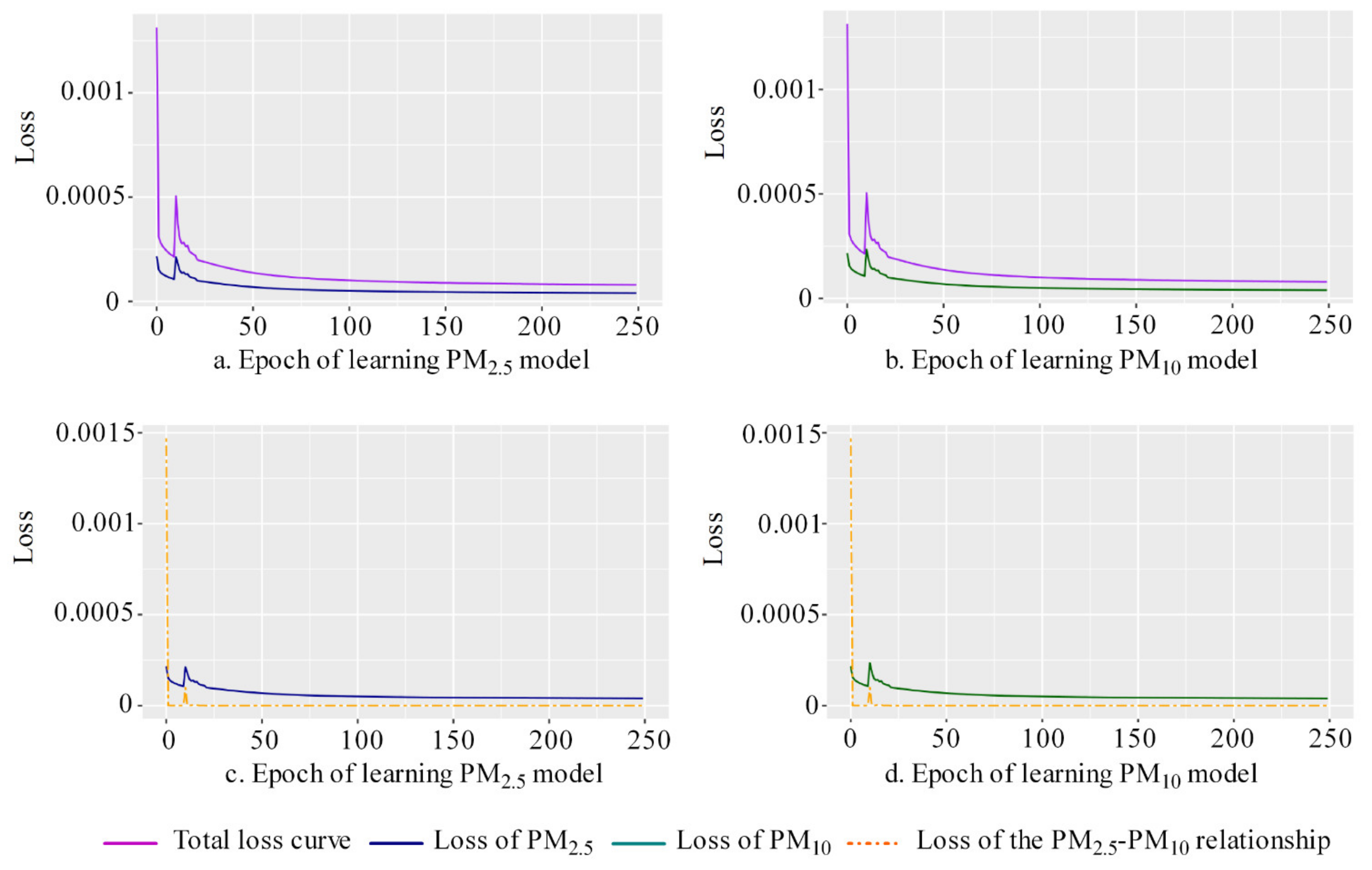
The programming of interdisciplinary research through informal science-policy interactions. Local ecologies and global science: discourses and strategies of the International Geosphere-Biosphere Programme. Atmospheric Science at NASA: a History (John Hopkins Univ. (1986) Washington embraces global earth sciences. Eight Lectures on the New Climatic Regime (Polity Press, 2017). in Dreamers, Visionaries and Revolutionaries in the Life Sciences (eds Dietrich, M. R. Oceanic phytoplankton, atmospheric sulphur, cloud albedo and climate. The Gaia hypothesis: can it be tested? Rev. Atmospheric homeostasis by and for the biosphere: the Gaia hypothesis. Spaceship Earth in the Environmental Age, 1960–1990 (Routledge, 2015). Images, imagination and the global environment: towards an interdisciplinary research agenda on global environmental images. Earthrise: How Man First Saw the Earth (Yale Univ. Les Limites à la Croissance dans un Monde Global: Modélisations, Prospectives, Refutations. Accommodating climate change science: James Hansen and the rhetorical/political emergence of global warming. Large losses of total ozone in Antarctica reveal seasonal interaction. Silent Spring (Houghton Mifflin, 1962).įarman, J. Representations of nature mediating between ecology and science policy: the case of the International Biological Programme. in Gaia in Action: Science of the Living Earth (ed. Big science and big data in biology: from the International Geophysical Year through the International Biological Program to the Long Term Ecological Research (LTER) network, 1957–present. A History of the Idea (Johns Hopkins Univ. The Rejection of Continental Drift: Theory and Method in American Earth Science (Oxford Univ. A Vast Machine: Computer Models, Climate Data, and the Politics of Global Warming (MIT Press, 2010). Volume 5, The Modern Physical and Mathematical Sciences (ed. (ed.) Annals of the International Geophysical Year (Pergamon Press, 1970). Arming Mother Nature: The Birth of Catastrophic Environmentalism (Oxford Univ. The Surveillance Imperative: Geosciences During the Cold War and Beyond (Palgrave MacMillan, 2014) Constituting the postwar earth sciences: the military’s influence on the environmental sciences in the USA after 1945. Science and Technology in the Global Cold War (MIT Press, 2014).ĭoel, R.

La Biosphère de l’Anthropocène: Climat et Pétrole, la Double Menace.

Gaïa: Hypothèse, Programme de Recherche pour le Système Terre, ou Philosophie de la Nature? Thesis, Univ. Overview: A Program for Global Change (National Academies Press, 1986).ĭutreuil, S. Gaia: A New Look at Life on Earth (Oxford Univ. B., revised and annotated by McMenamin, M. et al., Introduction by Grinevald, J., translated by Langmuir, D. The Biosphere (complete annotated edition: Foreword by Margulis, L. La Géochimie (Librairie Félix Acan, 1924) Moving forward, the grand challenge for ESS is to achieve a deep integration of biophysical processes and human dynamics to build a truly unified understanding of the Earth System. ESS has produced new concepts and frameworks central to the global-change discourse, including the Anthropocene, tipping elements and planetary boundaries.

The International Geosphere-Biosphere Programme soon followed, leading to an unprecedented level of international commitment and disciplinary integration. Inspired by early work on biosphere–geosphere interactions and by novel perspectives such as the Gaia hypothesis, ESS emerged in the 1980s following demands for a new ‘science of the Earth’. Here, we discuss the emergence and evolution of ESS, outlining the importance of these developments in advancing our understanding of global change. Earth System Science (ESS) is a rapidly emerging transdisciplinary endeavour aimed at understanding the structure and functioning of the Earth as a complex, adaptive system.


 0 kommentar(er)
0 kommentar(er)
